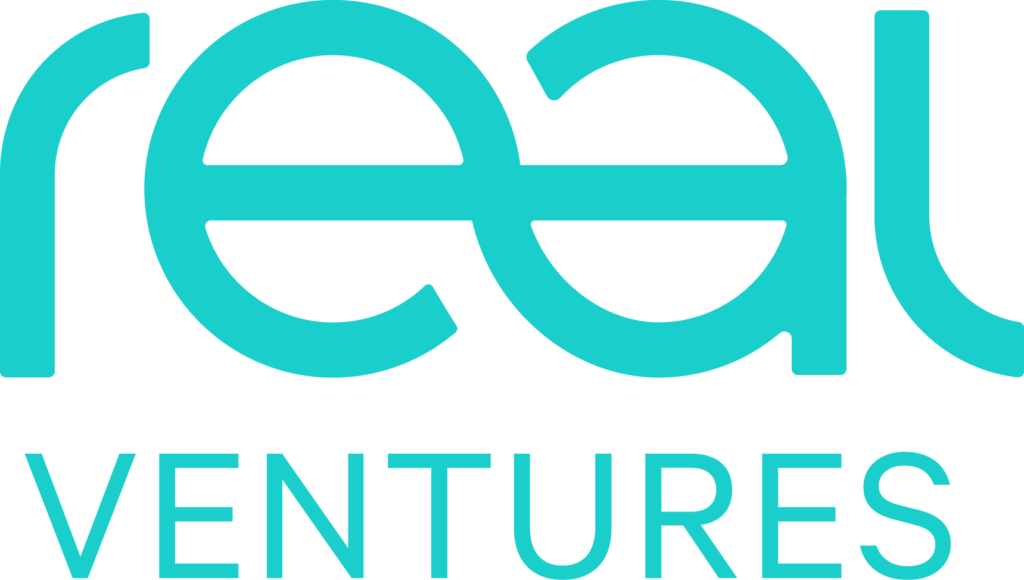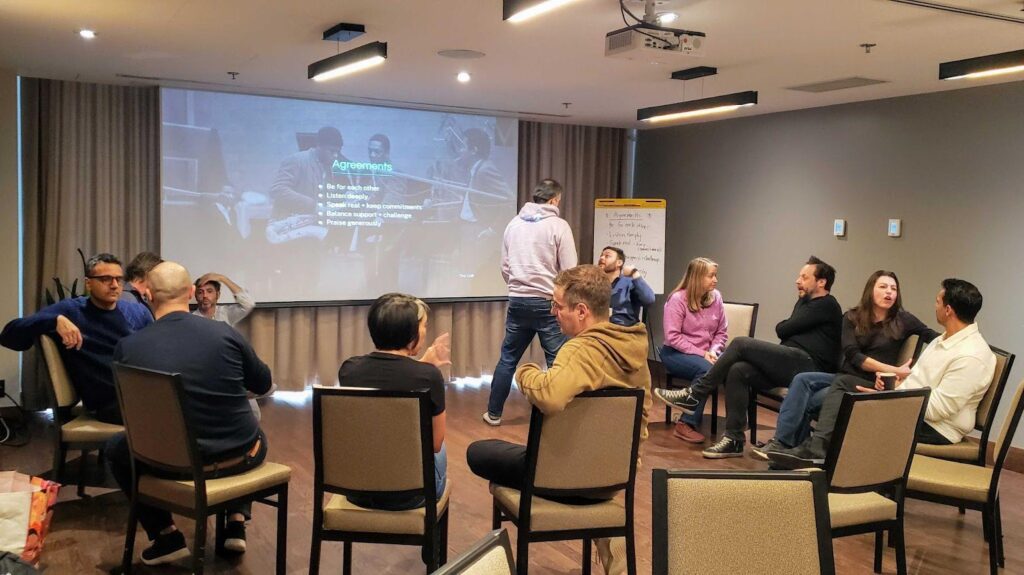So, you think you’re ready to raise a Series A? You have a radical insight that can transform a market, your core value proposition demonstrates strong customer validation of your product, your long-term vision is audacious, and you’re crushing major milestones, which warrants the belief that you have the right team to nail it. So now what?
Before a company starts fundraising, I sit down with every entrepreneur, lean in and tell him or her to listen carefully to the following:
The winning formula for raising a Series A isn’t rocket science
Assuming the business has the merit to raise a round and the team is strong, I fundamentally believe there absolutely is a winning formula for Series A fundraising, and it looks like this:
Unbelievable preparation
Are you willing to spend an incredible amount of time preparing for the raise and walking away from your day-to-day operational duties to focus on fundraising?
Unwavering belief
Do you have an intense amount of confidence — not arrogance — in what the business has thus far accomplished and what you’re capable of accomplishing in the future, such that you will be unshaken by rejection?
Unrelenting persistence
Do you have the bones to keep going until you get the term sheet no matter what obstacles you face?
Get ready to commit
The second thing I do is ask the CEO if they are ready or able to commit five and half months of their lives to raising this round. This isn’t your seed round. Five and a half months is the average amount of time it took the last twelve companies in our portfolio to close their Series A rounds. This duration encapsulates the moment they were ready to begin the process to the time when they actually received the funds. And while various stages of the fundraising process require different levels of personal commitment and time, close to 75 percent of the fundraising process requires all of your time and attention. This ultimately means that your house needs to be in order, so you can walk away from working inside the business to be able to work on the business. If you’re not ready to commit your time and energy to this, you’re not ready and shouldn’t attempt to raise your Series A round at this point.
Cancel the noise
I always tell founders that we’re not pegging the company’s fundraising outlook on outliers or another entrepreneur’s fundraising experience. How often do we read a funding story with the headline “Company X raises $50M on a $200M valuation from some hotshot investor” or some entrepreneur tells us they got a term sheet after their first meeting. While both examples can be factual, they are merely single data points that often obscure the reality of how arduous and time-consuming raising a Series A really is for the majority of us. More importantly, you probably don’t know the full story behind these outliers.
Fundraising is a personal journey and allowing noise to cloud your calculus of this process is detrimental. While you’ll likely reach out to your investors, advisors or key people for feedback and advice on your narrative, limit the feedback to a select few. A lot of feedback from too many people will also create noise and can send you into a death spiral.
Inbound emails from VCs don’t mean you’re ready
Yes, it’s always flattering when a venture capital firm you’ve heard of reaches out to learn more about your business.
Caution: this doesn’t mean they want to write a check. Nor does it mean you should use this as a signal that you are ready to start fundraising. You fundraise when you are ready to fundraise, not when someone reaches out.
Reverse engineer and time your runway
Because we have meaningful fundraising data from companies that have raised an A, we know that running the fundraising process with less than eight months of runway in the tank, from the time you say “I’m going to raise” to the time you close, is not only suboptimal but also reckless. Thinking that your existing investors will automatically bridge you if you run out of money because you timed your raise poorly means that you’re making a lot of careless assumptions. (Raising a bridge, however, because you have made progress but not enough to raise a Series A is another topic to cover later.)
The CEO needs to drive the process
If you’re a CEO and stink at telling your company’s story or simply don’t like being put through a soul-sucking grinder of meeting after meeting after meeting, guess what…you have to deal with it because it’s your job. VCs aren’t amenable to writing a $10M cheque for a company that has a CEO who isn’t a strong communicator.
Your company will be a glass house
As soon as you start raising and get your first follow-up meetings and data requests, VCs will start peeking into the inner workings of the business. Making sure your house is in order is key. Do you have an updated and clean cap table? Have you dealt with outstanding convertible notes? Do you have tight employee agreements? Is your financial model free of circular references and errors? Do you have up-to-date financial statements? You need to know this because if you don’t and surprises pop up it’s “No bueno.”
It’s all about the bullet-proof narrative
I hate the word pitching, simply because it reminds me of the late-night infomercials to buy miracle-cleaning products that cut through grime and tough stains. The very purpose of these infomercials according to Wikipedia is “to represent the viewpoints and to serve the interest of the sponsor.” When I do cut a cheque for a company, I’m certainly not doing so to serve the interest of the sponsor — in this case the company — but rather because the narrative of the company is perfectly aligned with what our firm and I genuinely believe in. Which brings me to the next point…
You’re not pitching, you’re telling a powerful story
Powerful narratives transcend time, are memorable, move us, and ultimately leave us in a state of deep thought. All I remembered from the OxiClean infomercials was their pitchman Billy Mays (may he rest in peace) screaming. The complexity of your business is rarely as important as entrepreneurs believe VCs think. I would be far less impressed if someone built the world’s first “Smello-Vision” if I didn’t understand the underlying reasons of:
- Why this matters
- What it means to the world or your target constituents
- What happens if you succeed in this endeavour
Powerful narratives peel back the complexity of your business and dumb it down into simple but striking and memorable key takeaways.
The reason building the narrative is more important than writing a pitch deck is because it forces you to evaluate the best way to tell your story. You can’t be tangential. You have to commit to a path and stick to it. And in order to commit to and stick to it you have to believe it. This forces very difficult decisions — that you have put off for a very long time — to be made.
Sure, there might be more than one way to tell a story, but that’s not what we’re aiming for. We’re aiming for the optimal way to tell your story and in doing so we eliminate all doubt from an external audience. That’s also why I don’t recommend starting your narrative in Keynote or Powerpoint. Instead, use Word or Excel — it’ll force you to stare each statement in the face and ask yourself: How valuable is this to the story without being disguised behind pretty pictures and graphs?
Each statement should strengthen and support the prior statement
If your statements are tangential, then your narrative is not bulletproof, which can create doubt and vulnerability. Your job is to be a well-armoured tank. Imagine you’re going out and telling a powerful story and people are spraying bullets at your tank — bullets being difficult questions or assumptions or perspectives on a market, or previous experience looking at competitors in the space. If your tank starts to show signs of vulnerability, you’re not going to get very far.
Let’s take the fictitious example of a CEO who is meeting with me to tell me about her company Smello-Vision, a game-changing technology that is capable of generating scents from digital devices to mirror the scents depicted on screen in real life. The following is completely made up, but will give you an idea of how to build a strong narrative.
Do you have a unique and powerful insight into a big market?
Nine billion people around the world use scent to guide their judgment to make important decisions every day. While the Internet has transformed nearly every industry and facet of life, it’s application is largely limited to the function of transmitting and receiving bits and bites. Infusing the senses like taste, touch and smell into Internet technologies will create a massive paradigm shift in how we experience, communicate and purchase on the Internet.
What is your killer value proposition as it relates to this powerful insight?
Smello-Vision is a device-agnostic multi-sensory technology that activates neurons by emitting ultra-low frequency waves to emulate the smell, taste and touch receptors in our bodies. Doing this manifests the digital world into the physical world, unleashing endless possibilities.
What will happen if this unique insight is fulfilled? (It’s gotta be big!)
Bringing real world sensory capabilities into the digital realm will unlock new and innovative business models that were never before possible and will ultimately transform industries.
What have you accomplished that warrants belief in your big insight and core value proposition?
Since launching in January 2016, we’ve deployed our technology to over 100,000 people in 22 countries and saw an overall increase in user engagement by 75 percent and conversion rates by 88 percent. In the past few months we recruited world-renowned PhD Adamo Pizzaiolo from the MIITT Lab of Neuroscience to join us as our Chief Scientist. We struck signed a 4-year $5M deal with Pizza Hat to directly integrate our technology into their e-commerce experience and were recently named Wirdz Most Innovative Startup of the Year.
Bullet-proof narratives aim to eliminate doubt, irregularities and contradictions around a big vision
Bullet-proof narratives are stories that aren’t just powerful, but also fact-check and can be looked at from a 360-degree view and still hold true. To be more specific, your insight must match your value proposition, which correlates to your big vision, which is supported by the results you have accomplished. Bullet-proof narratives are also supported by the financial plan, product roadmap and hiring plan, which complement the whole story rather than contradict it when you dig deep into the business.
The goal is for the narrative to grow stronger and stronger, so that when you get to the end there is no room for doubt. Your aim is to force a yes/no decision. You want to force the investor to think “Do I want to spend the energy and time going deeper?” rather than “Do I understand this opportunity?” or “Do I believe that the business model has merits?”
Digging into the process
Throw away what you know about the business and start from zero.
All entrepreneurs have preconceived notions about their businesses. Because founders understand the intimate inner workings of their solution, it’s easy for them to assume that it’s clear to others. It’s not usually the case. Your firsthand experience with your product/solution likely won’t be translated effectively to someone who’s never even heard of your company. This creates a massive knowledge gap and makes it less likely for others to buy into your vision.
Value each word.
The narratives we recommend you build don’t have the typical structure you’ll find when you search “How to write pitch decks” or “How to write a Series A deck” on Google. We don’t recommend working with a list of categories — this isn’t an Ikea instruction kit. When you use an Ikea instruction kit in your pitch, you limit yourself, cutting off avenues to express your business in favour of a formula.
Start by writing things down in a document.
This forces you to value every single word — to not use words frivolously or meaninglessly. Imagine I’m charging you $100 a word: Which words are you willing to spend money on? The goal here is to eliminate noise.
The content
Once you’ve written things down, you need to look at what you’ve written. Did you write about what you’re doing to impact a market or accelerate a market, or exploit inefficiencies in a market or create new possibilities in a market? If so, it’s likely that you wrote about what you’re doing, and not why. Your goal is to explain the why — to peel back the onion, layer by layer until you get to the very core of a this-then-that statement. That’s the kernel of truth. It’s usually the “aha” moment. It’s obvious. But getting to obvious is very difficult.
Getting to the next meeting
What VCs really want to hear from entrepreneurs
The objective of your narrative is to get to the next meeting. It’s like dating: you go on a first date, and then, if things go well, you’ll hopefully go on a second, third, and maybe fourth date. Fifty percent of the time your meetings will simply be conversations. No projector; no presentation. So if you go into a meeting and your thoughts are disorganized and vulnerable to attack, it’s over.
You need to go into that conversation equipped with a powerful, well-organized, well-defined number of sound-bites that create enough clarity to get the investor to lean in — to show genuine interest — to ask supporting or clarifying questions, and then to invite you to the next meeting.
To further build on the dating analogy, when you date, in a way, you’re selling yourself. You want to make sure your hair is combed, your clothes aren’t wrinkled, you’ve brushed your teeth, maybe popped in a breath mint. You do those things to make a good first impression, but ultimately you need the other person to be legitimately interested in what you have to offer. Again, when meeting a VC, what you need to offer are strong insights and perspectives. VCs are looking for entrepreneurs with vastly more unique insights and perspectives on markets and business opportunities than the next person.
Imagine you are a VC and you see five businesses that are the equivalent of Instacart. In four out of the five pitches, the conversation starts with “We provide on-demand grocery deliveries.” The fifth pitch starts with “We’re building the world’s largest grocer without any infrastructure and are capable of delivering to your door in under an hour 99.9 percent of the time, at 80 percent of the operating costs of a grocer.” Which is more interesting? If you’re telling me the what, it’s not getting me excited. It’s the why and the insights that do.
Sonder is a great example. There are plenty of emerging companies that take over rental properties and provide hotel-like accommodations through Airbnb, Expedia and other online travel booking sites. Sonder’s perspective and insight is unique in that they are building the next-generation hospitality brand by bringing a 5-star hotel experience to local stays. In doing this, Sonder is also able to significantly decrease operating costs versus hotels and provide experiences that no one else can.
Remember: the product is what supports the insight.
The insight is what makes somebody lean in and take the full hour and become actively engaged and interested in your business.
Once you’ve taken the time to truly dig into your business and refine your startup story, you will not only have learned more about your business than you thought possible, but you will also be able to communicate why someone should care, believe and join your mission. You’ll be giving the partners at the venture firms you approach the talking points to win over their investment teams. And you’ll be ready for the next step of your Series A preparation — building a well-organized and tight process that will get you in front of the right investors with the right amount of time to push for optimal funding with a laser-focused pitch.
**********
For more advice for growing teams and managing startups through turbulent times, sign up for our newsletter and follow us on Twitter, LinkedIn and Facebook.




